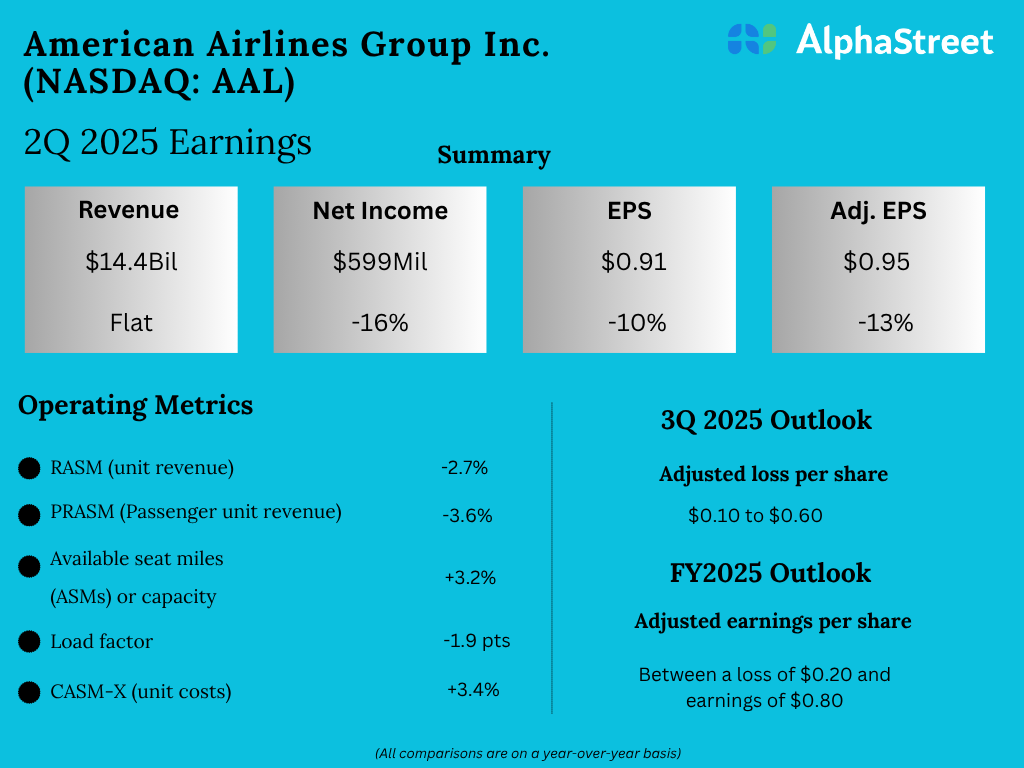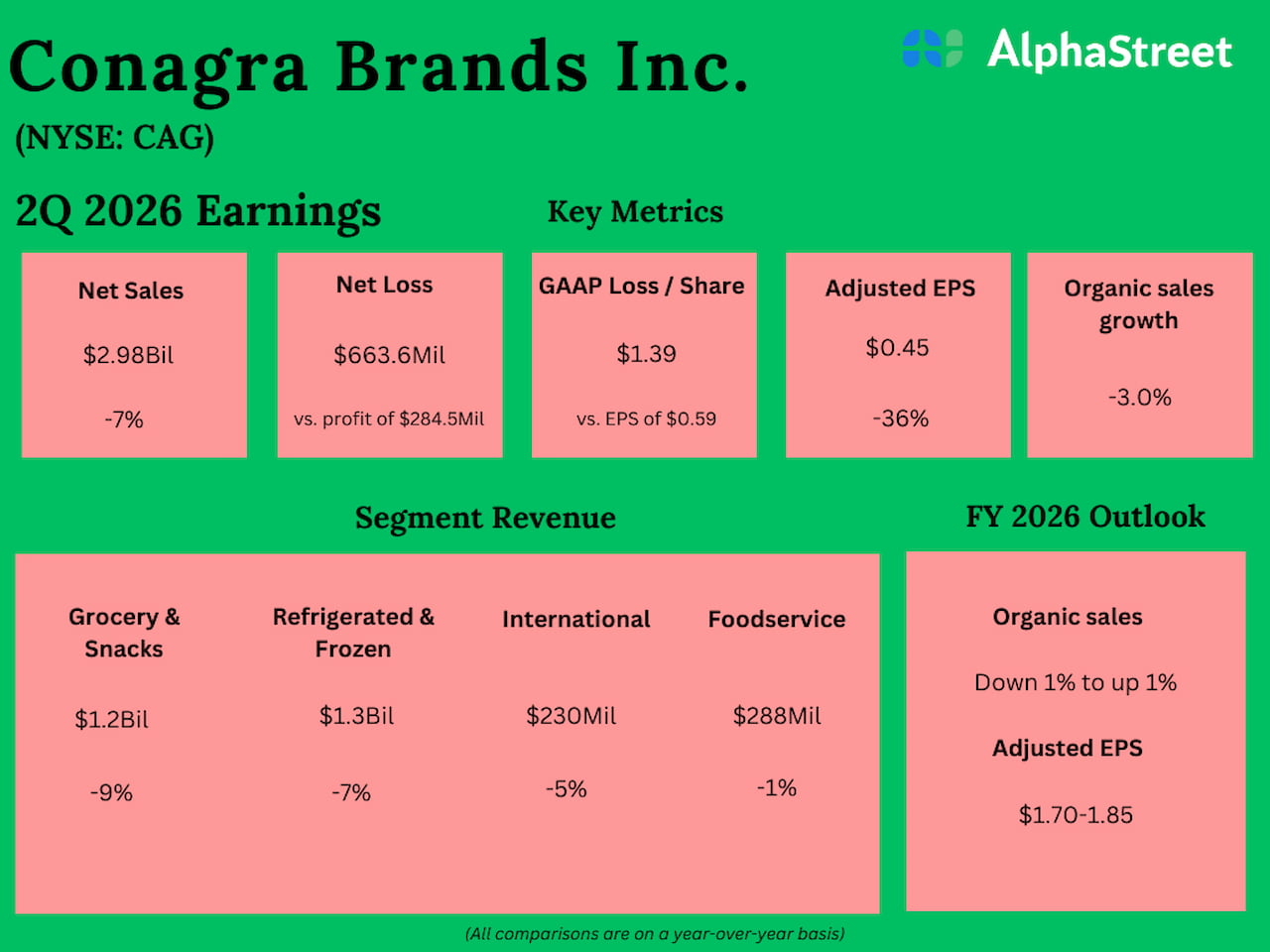Your car insurance rate may go up after a speeding ticket, especially if the violation wasn’t your first in recent years.
How much extra you pay depends on the insurer, so it’s smart to compare prices when your policy is up for renewal.
Learn more: How does car insurance work? The basics explained.
Drivers with a recent history of speeding tickets typically pay more for car insurance than those with clean records, as speeding increases the risk of car accidents and costly insurance claims. Speeding was a factor in 28% of fatal crashes, 13% of crashes with injuries, and 9% of property damage-only crashes in 2023, according to the latest data from the National Highway Traffic Safety Administration.
Learn more: Cheapest car insurance in the U.S.
Insurance comparison websites estimate that car insurance rates increase 22% to 27% for full coverage after one speeding ticket.
Those are averages; in some cases one minor speeding ticket might not boost someone’s rate at all. The increase depends on the insurance company and other factors, such as the number of violations on your driving record, how many miles per hour you were exceeding the limit, and where you were speeding. Excessive speeding, multiple tickets, and a violation in a school or construction zone will mean a bigger rate increase.
Learn more: How does a speeding ticket impact your car insurance?
A speeding ticket can increase your car insurance rate until the violation drops off your driving record. That’s generally in three to five years, depending on state law.
Learn more: Car insurance discounts: 17 ways to save
Getting a speeding ticket is stressful, but don’t let racing thoughts wreck your focus. Slow down and carefully consider your options. First, read the citation to learn about the violation, deadline for payment, your rights, and the process and requirements for responding.
States vary in how they handle speeding tickets, but generally these are the options:
Pay the fine and move on. Pay before the deadline and check if there’s anything else you’re required to do.
Attend traffic school to reduce or dismiss the violation. Contact the court for directions and eligibility. Typically, you’ll still pay the fine and a traffic school fee, but completing the course could save money in the long run by reducing the time the violation is on your record.
Challenge the ticket. Check the citation for when to appear in court. Review the court’s website for information about the process, and prepare a defense. Gather evidence, such as dashcam footage, photos of blocked signage, and witness statements. Get legal advice from a traffic violation attorney if you need help and think the cost of legal advice is worth it.
Paying the fine and, if you qualify, attending traffic school may be your best options if you don’t have a good defense.
Learn more: Cheapest car insurance for seniors
If a citation is issued, the violation will appear on that driver’s record, not yours. The ticket won’t affect your insurance rates unless the driver is on your policy, say, your spouse or teenager.
Learn more: Cheapest car insurance for teens
You could also be cited for driving without insurance. Most states require drivers to have at least a minimum amount of car insurance coverage.
No, the moving violation will show up on your driving record, which insurance companies check when you renew or apply for a policy.
Tim Manni edited this article.
Unless stated otherwise, the estimates above are provided by Savvy Insurance Solutions (“Savvy”). Savvy operates a marketplace for home and auto insurance, plus an agency licensed in all 50 states. Estimates are generated using Savvy’s in-house machine learning models based on over 3 million data points, and include more than 15 of the largest insurance companies in Savvy’s nationwide data set. This includes data from more than 2 million insurance accounts connected through Trellis Connect, an in-house technology allowing consumers to “link” their insurance accounts before searching for insurance, and tens of thousands of policies bound by Savvy’s own agents. It takes into account a myriad of factors to create predictions, such as:
Policyholder age
Number of vehicles
ZIP code
Vehicle age
Insurer
…and more
Savvy creates estimates by running models against multiple inputs to the parameters of interest. For instance, the “teen driver” estimates were created by adjusting the policyholder age input into the pricing model while keeping all other variables steady from the baseline for “full coverage.” The models enable hyper-personalized estimates that take into account a plethora of user attribute permutations (e.g., teen drivers in specific states, teen drivers with new vehicles, teen drivers in specific states with new vehicles) to provide individuals with a unique and tailored experience. The charts above are a subset of the kinds of personalization Savvy can do.
The following are definitions used by Savvy when providing its rate estimates for various types of coverage.
Full coverage car insurance: A policy with comprehensive, collision, and liability coverage
Average policyholder: A 48-year-old driver who owns a 13-year-old vehicle and lives in an average-income ZIP code
Senior driver: A 70-year-old policyholder with full coverage car insurance
Good driver: Drivers across all coverage types, vehicle types, and locations who have no tickets, accidents or DUIs
























